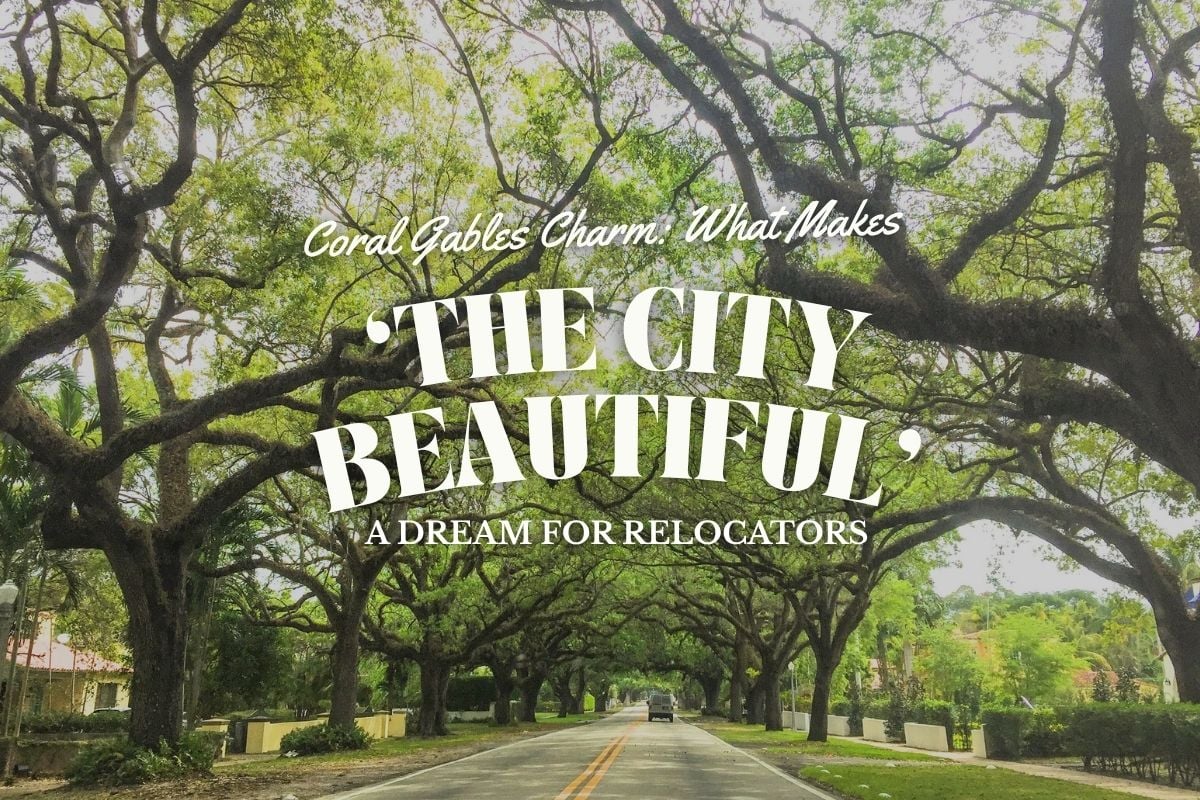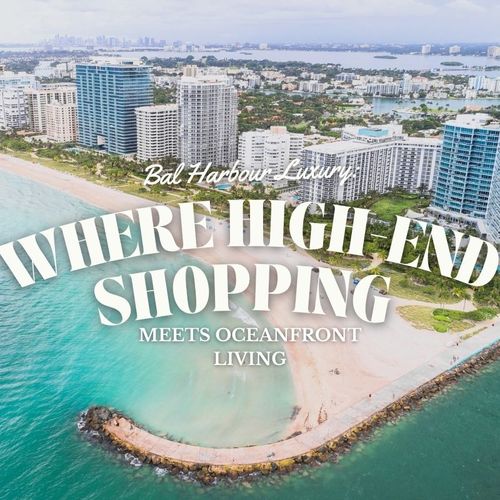When I help clients relocate to Miami, they often ask about Coral Gables, a master-planned community known affectionately as The City Beautiful. Created in 1925 by developer George Merrick and inspired by the City Beautiful movement, Coral Gables was designed as a Mediterranean-themed city with tree-lined streets, distinctive architecture, and thoughtfully zoned neighborhoods. Today, it’s a coveted address for families, professionals, and investors who want a blend of historic charm, modern conveniences, and a strong sense of community.
In this guide, I’ll share why Coral Gables continues to attract relocators in 2025. We'll explore its real-estate market, neighborhoods, amenities, schools, and lifestyle, and I’ll offer tips to help you decide if it’s the right fit for your next move.
Explore Coral Gables Neighborhood page to learn more about the area’s lifestyle, local favorites, and why residents love calling it home.
Historical Roots & Planning: The City Beautiful
Coral Gables isn’t just another Miami neighborhood; it’s a planned community built on principles of beauty and order. George Merrick founded the city during the Florida land boom of the 1920s and incorporated it on April 29, 1925. He envisioned “Castles in Spain,” designing streets, plazas, and homes inspired by Mediterranean Revival architecture. The downtown commercial district was intentionally kept four blocks wide and more than two miles long, with a main artery that Merrick called Miracle Mile. Today, strict zoning still preserves this cohesive aesthetic.
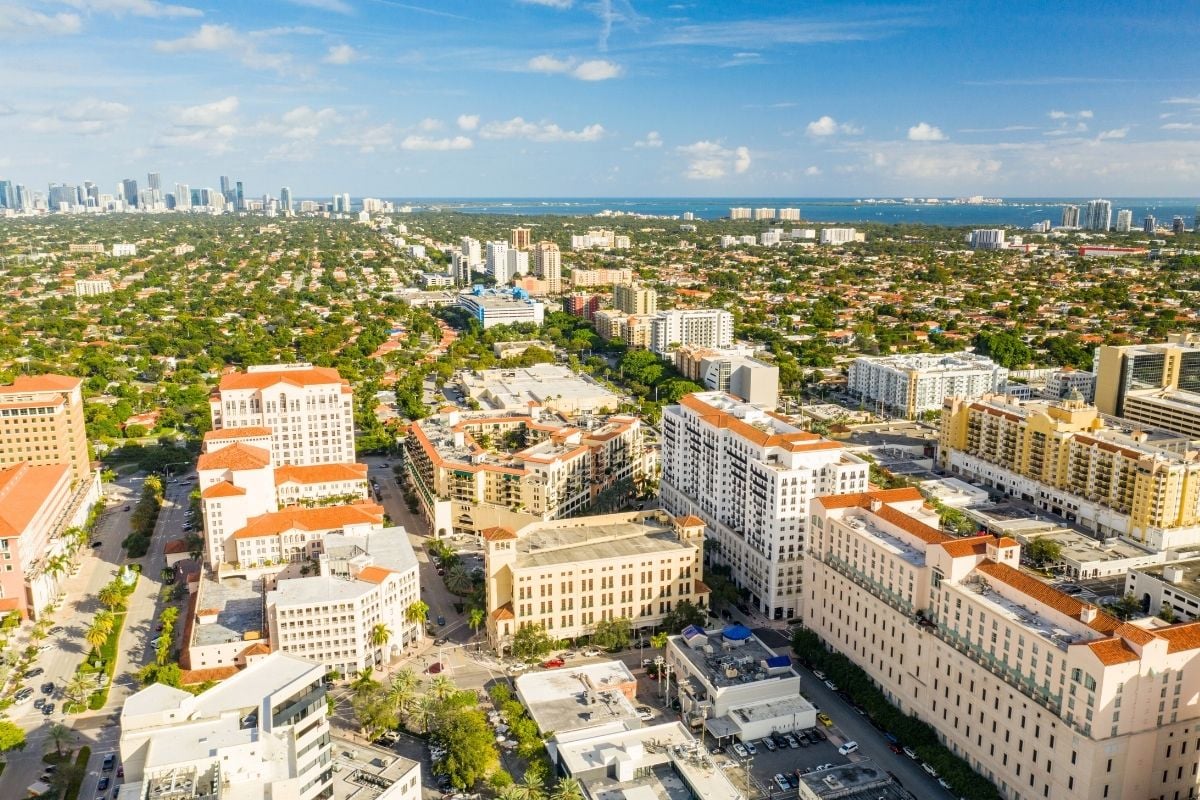
Mediterranean Revival Architecture
Merrick’s plan mandated Mediterranean Revival style buildings, emphasizing stucco facades, arched doorways, and terracotta roofs. Neighborhoods feature grand mansions, Spanish-inspired villas, and modern luxury condos that complement the original style. Mature banyan and oak trees provide canopies of shade, while bougainvillea and hibiscus add splashes of color. The result is a cohesive, almost European feel that sets Coral Gables apart from other parts of Miami.
Miracle Mile: Shopping & Culture
At the heart of Coral Gables’ downtown is Miracle Mile, a four-block stretch along Coral Way between LeJeune Road and Douglas Road. This “main street” is a premier destination for dining, shopping, and entertainment. Its blend of Mediterranean-style buildings, sidewalk cafés, independent boutiques, and the historic Miracle Theatre creates a lively, walkable environment. Miracle Mile hosts art walks, shopping crawls, and festivals, a testament to the community’s commitment to culture and placemaking.
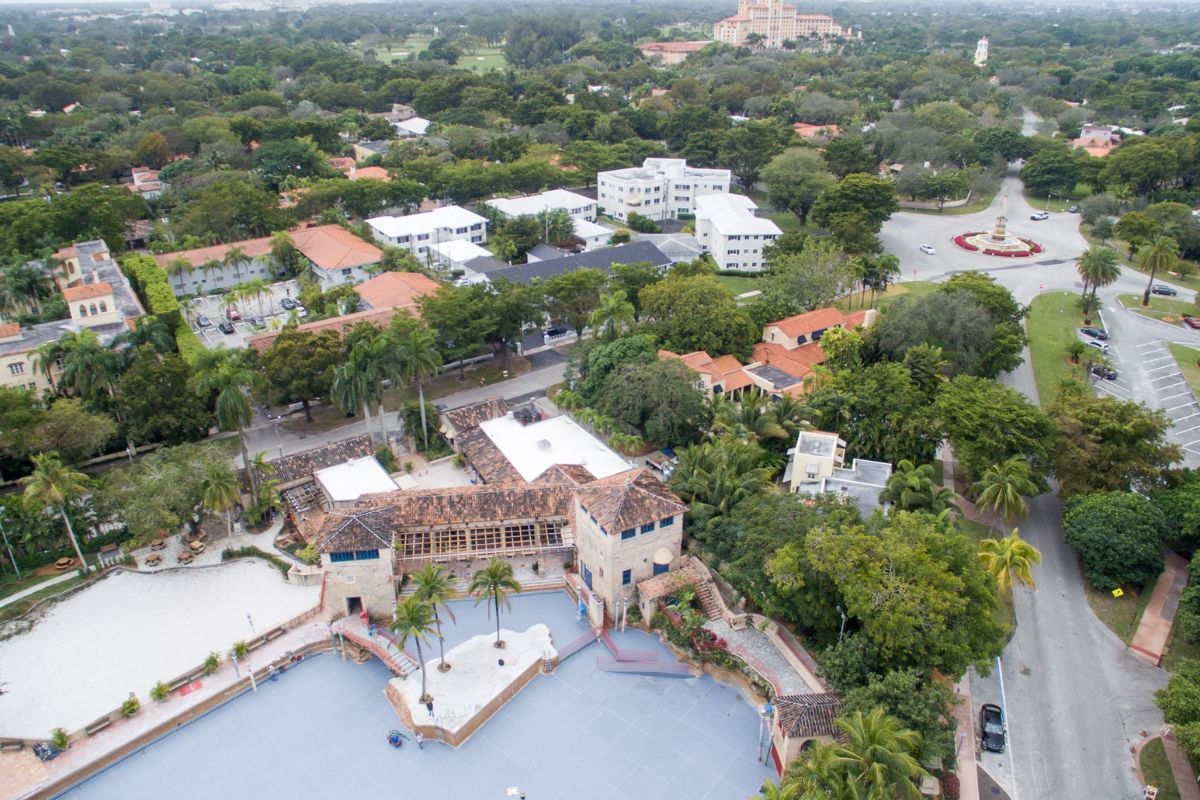
Real Estate Market Overview (2025)
Coral Gables is known for its luxury real estate and strong property values. The average home value in June 2025 was about $1.49 million. The median list price sat at $1,479,630, while the median sale price was slightly higher at $1,588,333. Homes typically went pending in around 60 days. These figures reflect a competitive market where well-priced properties move quickly.
Housing Costs & Rents
Housing is the largest expense for most households, and in Coral Gables it’s 236% higher than the U.S. average.
Average monthly rent for a one-bedroom apartment was about $2,583 in July 2025, 58% higher than the national average.
Three-bedroom apartments averaged $6,145, while larger homes can command significantly more.
Despite the costs, many buyers see Coral Gables real estate as a long-term investment given the limited inventory, strict zoning, and enduring demand.
Property Types & Neighborhoods
Coral Gables offers a diverse mix of properties:
- Historic Estates & Luxury Mansions: Gables Estates, Cocoplum, and Old Cutler Bay boast waterfront mansions with private docks ideal for buyers seeking privacy and grandeur.
- Single-Family Homes: South Gables and Granada neighborhoods feature mid-century ranches and Mediterranean-style villas along oak-canopied streets, popular with families who want space yet proximity to downtown.
- Townhomes & Condos: Downtown Coral Gables and the Douglas Entrance area offer newer townhomes and condo buildings for lower-maintenance living near Miracle Mile.
- Themed Villages: Merrick’s “themed villages” showcase Italian, French, and Dutch architectural influences that add variety and charm while maintaining the Mediterranean aesthetic.
If you’d like to browse specific neighborhoods, explore my Neighborhood Guide for detailed community profiles and available listings.
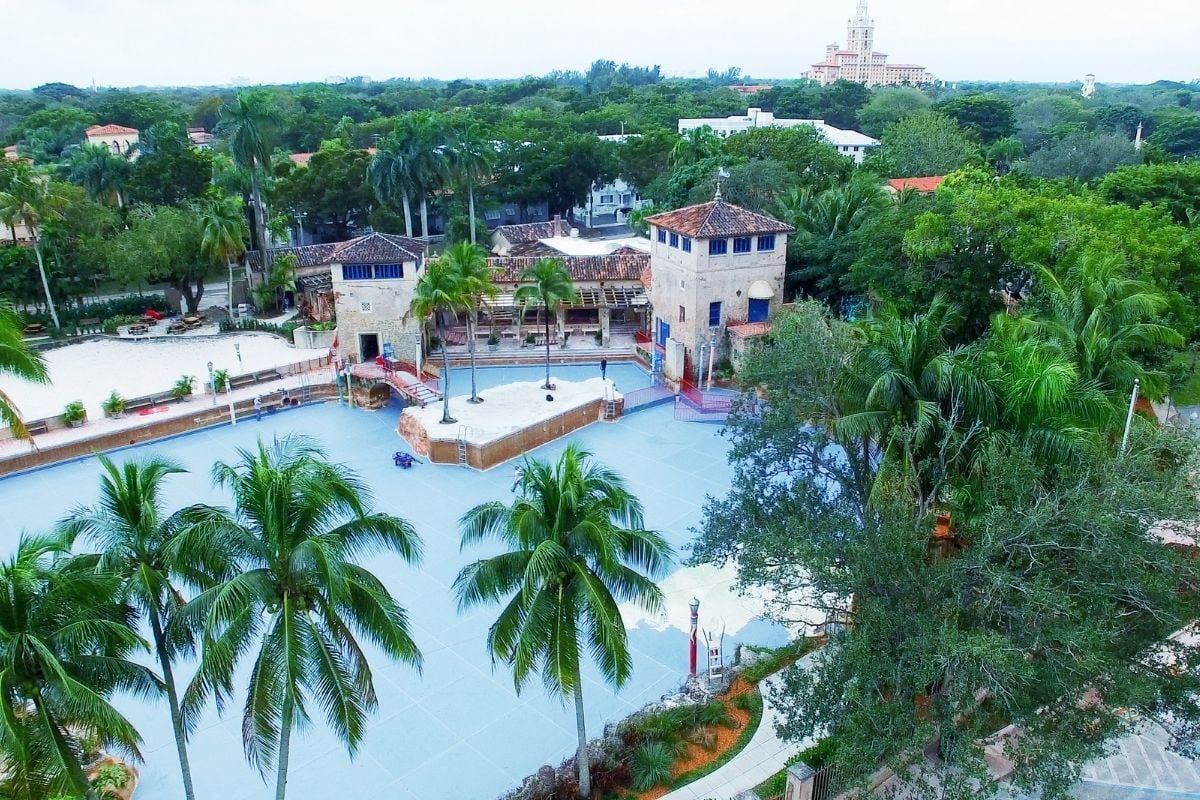
Lifestyle & Amenities
What makes Coral Gables truly special is the lifestyle it offers. Residents enjoy a blend of outdoor recreation, cultural experiences, and fine dining, all within a compact footprint.
Outdoor Destinations
- Fairchild Tropical Botanic Garden: Spanning 83 acres, Fairchild features rare tropical plants, butterfly conservatories, and more than 350,000 annual visitors.
- Venetian Pool: This unique aquatic facility, carved from a coral rock quarry in 1923, is filled daily with spring water and features waterfalls and cave-like grottos.
- Matheson Hammock Park & Marina: A 630-acre urban park offering a tranquil beach, nature trails, picnic areas, and a full-service marina.
- The Biltmore Hotel: Built in 1926, this historic landmark remains an icon of luxury with its golf course, spa, and famous Sunday brunch.
Dining, Shopping & Arts
Beyond Miracle Mile’s boutiques and restaurants, Coral Gables offers vibrant dining along Giralda Plaza and in the Shops at Merrick Park. Outdoor cafés, cultural events, and art festivals keep the city’s social calendar full year-round. Venues like the Miracle Theatre, Lowe Art Museum, and Coral Gables Museum contribute to a thriving arts scene.
Parks & Recreation
Coral Gables is known for its lush green spaces and walkability. The city’s tree-lined streets, bike paths, and pocket parks create an inviting environment for outdoor activities. A free trolley runs along Ponce de León Boulevard, enhancing mobility and reducing car dependence.
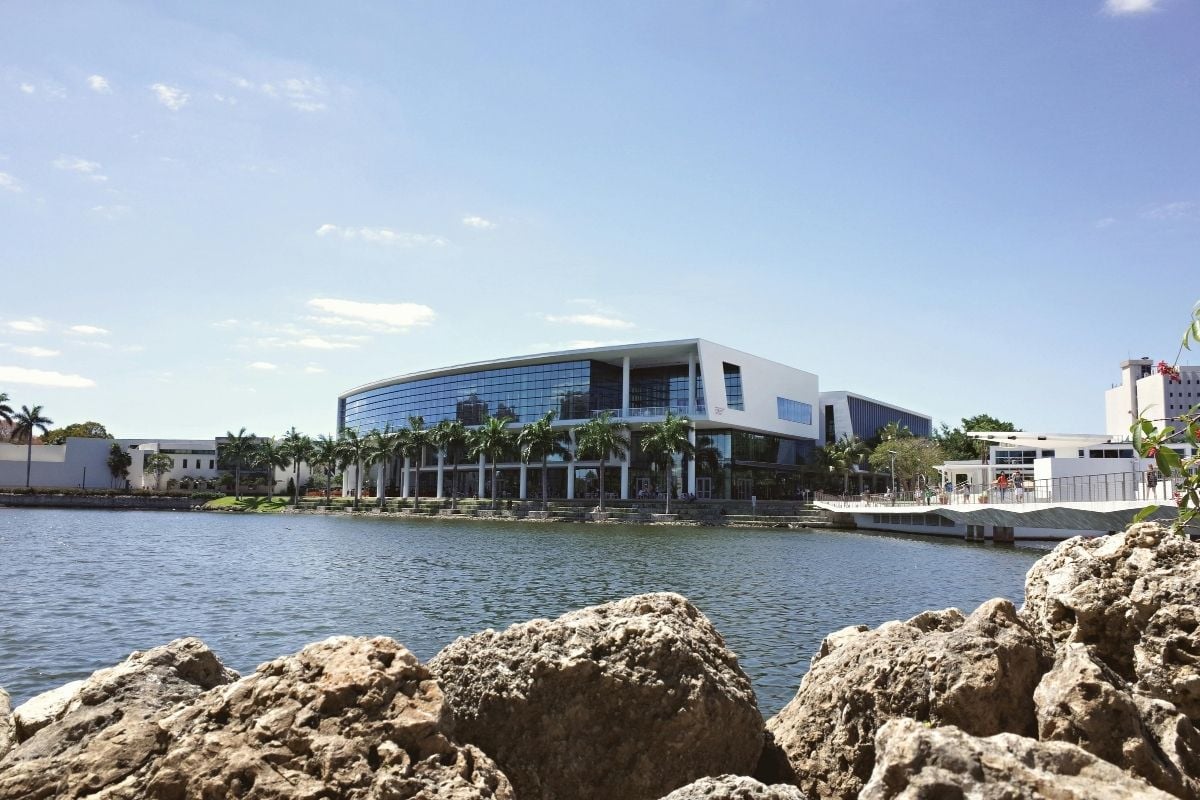
Education & Economy
Schools & Universities
Coral Gables is part of the Miami-Dade County Public Schools system and hosts some of the region’s top public and private institutions.
The University of Miami, one of Florida’s most prestigious universities, is also based here, contributing to the city’s intellectual and cultural vibrancy.
Families can choose from A-rated public schools and well-known private academies such as Gulliver Prep and Riviera Schools, along with multiple Montessori and bilingual programs.
Job Market & Income
Coral Gables employs about 23,000 people, primarily in professional services, education, and healthcare.
The city’s median household income exceeds $130,000, reflecting a strong and prosperous local economy.
Commute times average around 24 minutes, and most residents own two cars.
Cost of Living & Quality of Life
The overall cost of living in Coral Gables is about 21% higher than the national average, with an average monthly expense of $2,819.
- Housing: 236% higher than the national average; home prices exceed $1 million.
- Food & Groceries: About 11% higher; expect fine-dining options and premium markets.
- Utilities & Transportation: Slightly above average, around 5% higher.
- Healthcare: 8% lower than the U.S. average.
- Miscellaneous: Around 7% higher for entertainment and personal services.
To live comfortably, an adult with no children should earn around $24.77 per hour, while a family of four requires about $26.82 per adult.
Average salaries hover near $54,000 annually.
Despite higher expenses, Coral Gables offers exceptional quality of life with beautiful parks, strong schools, a safe environment, and a community spirit that endures.
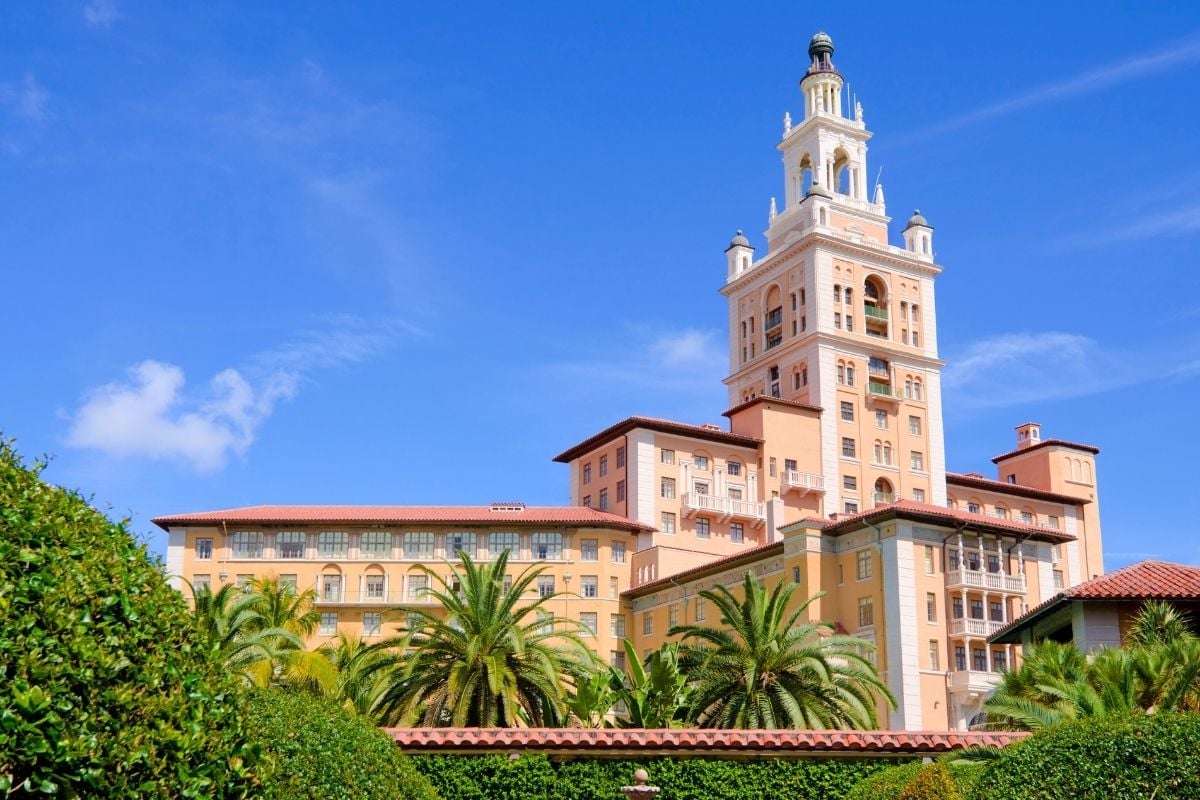
Tips for Relocators
- Define your priorities: Choose between walkable downtown living, waterfront estates, or quiet family neighborhoods.
- Budget realistically: Factor in housing and living costs, typically 20–25% above national averages. Review my Buyer Guide for closing cost insights.
- Explore schools early: Secure spots in preferred public or private schools before moving.
- Leverage local expertise: With years of experience helping clients relocate to Coral Gables, I can offer insider knowledge on off-market listings and negotiation strategies. Check out my Featured Listings and Relocation Guide for a step-by-step moving checklist.
- Plan your commute: Though Coral Gables is walkable, many residents drive, so consider proximity to major roads and workplaces.
Coral Gables’ title, The City Beautiful, reflects its essence: a community built on elegance, architecture, and quality of life. With average property values around $1.5 million, lush parks like Fairchild Garden and Matheson Hammock, and vibrant destinations like Miracle Mile, Coral Gables offers an unmatched lifestyle. Yes, living here comes with a premium, but what you gain is a beautiful, safe, and connected community which makes it worth every penny.
If you’d like personalized guidance on moving to Coral Gables or want early access to listings before they hit the market, contact me today. I’d be happy to share my FREE Relocation Guide or connect you with trusted local lenders and inspectors.
Ready to buy, sell, or invest in Miami? Reach out, I’d love to help you find your place in The City Beautiful.
